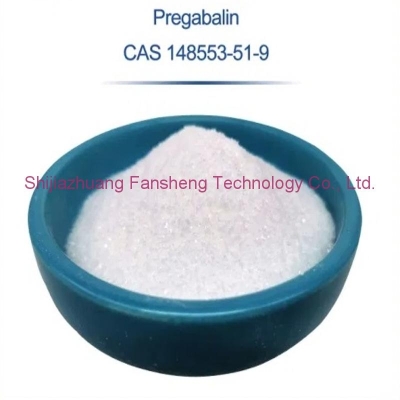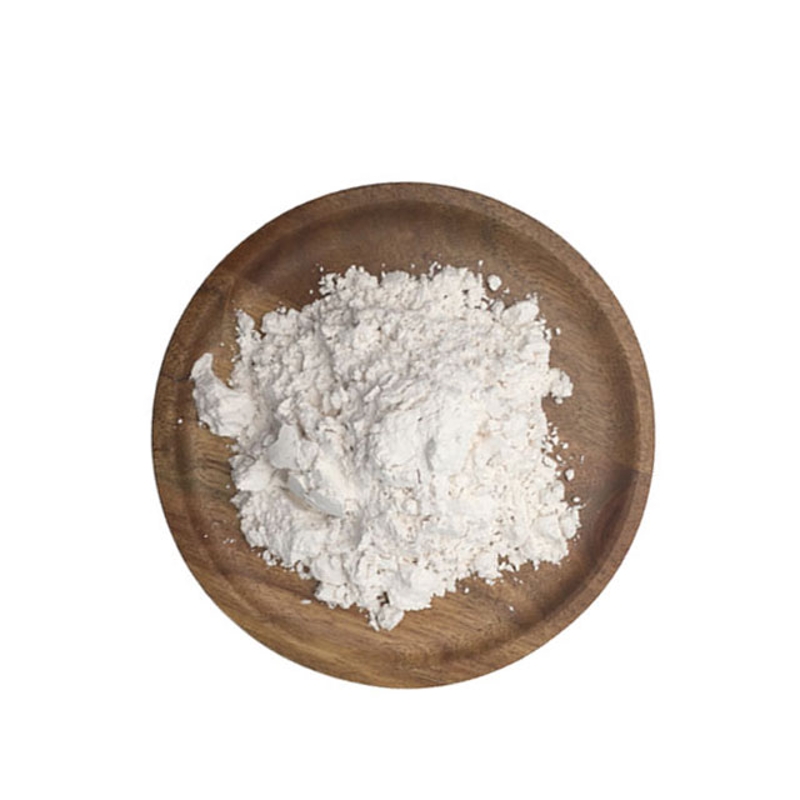-
Categories
-
Pharmaceutical Intermediates
-
Active Pharmaceutical Ingredients
-
Food Additives
- Industrial Coatings
- Agrochemicals
- Dyes and Pigments
- Surfactant
- Flavors and Fragrances
- Chemical Reagents
- Catalyst and Auxiliary
- Natural Products
- Inorganic Chemistry
-
Organic Chemistry
-
Biochemical Engineering
- Analytical Chemistry
- Cosmetic Ingredient
-
Pharmaceutical Intermediates
Promotion
ECHEMI Mall
Wholesale
Weekly Price
Exhibition
News
-
Trade Service
February 3, 2021 // -- Previous studies have shown that infection or inflammation in pregnant women is directly related to the occurrence of neurodevelopmental disorders in their offspring, and although this association has been confirmed by numerous studies, the molecular and neurological mechanisms behind it are not clear to researchers.
In a recent study published in the international journal Nature Neuroscience, scientists from Harvard Medical School and other institutions revealed how maternal immunoactivation (MIA) affects fetal development and potentially promotes neurodevelopmental disorders in offspring;
mRNA molecule is essentially a single-stranded RNA molecule that transposes information about DNA genetic instructions, and protein stability is a special process that regulates protein levels in and around cells, maintaining cell health and preventing protein degradation in cells.
researcher Unha Kim said: 'We have long been interested in understanding how the body's immune system directs neurodevelopmental processes, after our study found that the occurrence of inflammation during pregnancy (MIA) interferes with the brain development of the fetus and induces abnormal behavior in the offspring, a special cytokine called IL-17a is necessary for the effects of MIA during fetal development.'
Photo Source: Pixabay/CC0 Public Domain This study aims to identify specific cellular substates in the fetal brain that react to MIA, and the researchers used single-cell RNA sequencing techniques (scRNA-seq) to analyze gene expression characteristics of all cell types in the brains of pre-birth mouse embryos, as well as female and male offspring;
The researchers then identified a special path path that was selectively activated in the brains of pre-birth male mice exposed to MIA, a signaling path path called integrated stress response( ISR) that plays a key role in regulating mRNA translation.
researcher Brian Kalish said: 'We used genetically modified mice and pharmacological intervention techniques to detect whether blocking ISR reverses behavioral esoporasia observed in MIA offspring, and there is a link between the widespread changes in MIA and mRNA translation machines and the overall stagnation of protein synthesis in the male brain;
Interestingly, the researchers found that when they blocked the ISR process, using genetically modified mice or drugs, the researchers were able to reverse behavioral defects observed in MIA offspring, and in pre-birth male mice, blocking the ISR process restored the balance of nerve activity in the cerebral cortical layer.
Overall, recent studies have revealed specific changes in protein stability associated with maternal inflammation, mainly in pre-birth male mice, which may increase the risk of neurodevelopmental disorders in MIA exposure to offspring.
later this year, researchers hope to better understand whether immune-neural interactions like these can help develop new therapies that reduce the negative effects of MIA in the fetal brain.
Kalish, a researcher at the end of the study, said that this study raises many important questions for more in-depth research at a later stage, specifically, researchers need to delve deeper into understanding the gender differences that respond to MIA, and will continue to analyze the molecular mechanisms that investigate cytokines affecting the body's neurodevelopment.
() Original source: Kalish, B.T., Kim, E., Finander, B. et al. Maternal immune activation in mice disrupts proteostasis in the fetal brain. Nat Neurosci 24, 204–213 (2021). doi:10.1038/s41593-020-00762-9







